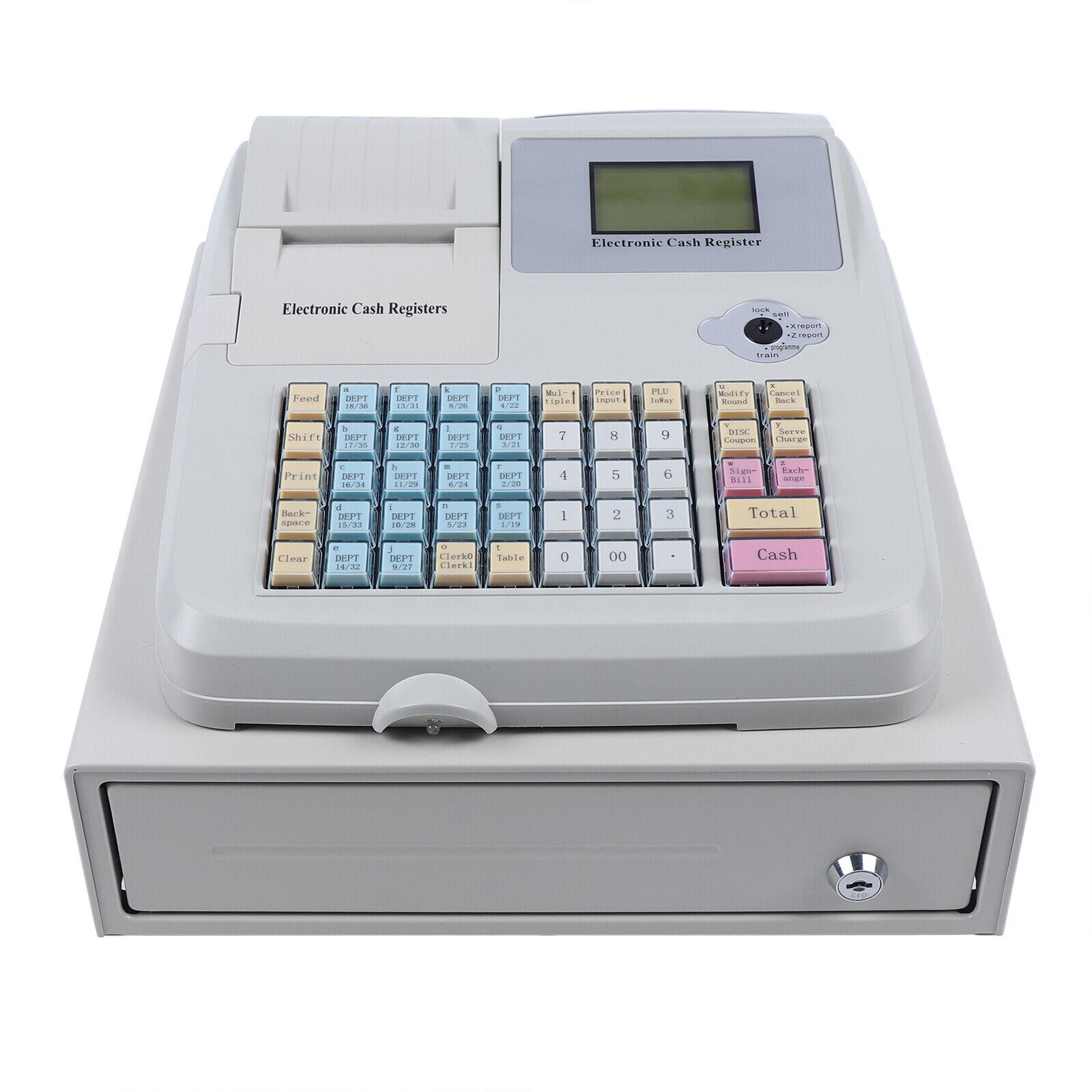The Rise of Printed Electronics: Revolutionizing Electronic Device Manufacturing with Affordable, Flexible, and Eco-Friendly Technology Across Diverse Industries

The Rise of Printed Electronics
Printed electronics is revolutionizing the way electronic devices are manufactured. With this novel technology, the components of electronic devices such as transistors, circuits, sensors and more can be directly printed onto a variety of substrates and surfaces like paper, plastic and fabric. This printing process allows for mass customization, is low-cost, can be done on flexible materials and reduces electronic waste. As printed electronics continues to advance, it has the potential to transform industries from healthcare to consumer goods.
What are Printed Electronics?
Printed electronics refers to printing materials and electronic components directly onto substrates using methods like inkjet printing, gravure printing, screen printing, and others. Printed electronics use functional inks made from materials like organic and inorganic semiconductors, conductors, dielectrics and biomaterials. These inks can be deposited in solution or paste form to print circuits, displays, sensors, RFID tags, batteries and more. Printing electronics eliminates the need for silicon wafers and creates flexible, low-cost and lightweight electronic devices. Some of the key benefits of printed electronics include cost-effectiveness, flexibility in design, and eco-friendliness.
Applications of Printed Electronics
Printed electronics has enabled applications across diverse industries:
Flexible Displays - Companies are developing large, printed, flexible displays for smartphones, tablets, and other devices. Printed displays are lighter, thinner, and more durable than traditional rigid displays.
Sensors - Biosensors, temperature sensors, humidity sensors and more are being printed for applications in healthcare, industrial automation, logistics and more. Printed sensors are low-cost, flexible and can be easily integrated.
RFID Tags - Radio Frequency Identification tags for tracking goods in the supply chain are now printed on plastic and paper substrates. It has improved traceability and asset management.
Photovoltaics - Solar cells and panels can be printed on flexible substrates to gain from their lightweight and durable nature. This paves the way for building integrated photovoltaics.
Wearables - Printed circuits, displays, and sensors enable creation of fitness trackers, smart watches, augmented reality glasses and other wearable devices. The flexibility improves user comfort.
Smart Packaging - Integrating sensors with packaging allows tracking freshness, time/temperature monitoring of shipments in cold chain, and smart labeling for authenticity verification.
Future Potential of Printed Electronics
As printing techniques and functional inks continue to progress rapidly, printed electronics is expected to penetrate many new application areas in the coming years:
Internet of Things (IoT) - Low-cost printable sensors, memory, displays, and more will proliferate IoT devices and allow embedding electronics nearly everywhere.
Medicine - Printed drug delivery patches, surgical dressings, prosthetics, medical implants and more will leverage flexibility. This emerging field is called flexible hybrid electronics.
Transportation - Printing technologies can integrate electronic functionalities into vehicles, aircrafts, locomotives providing benefits like light-weighting, sustainability and customization.
Consumer Electronics - More devices like e-books, game consoles, home appliances may switch to fully printed designs for affordability. Flexible phones and tablets can roll, fold or bend.
Architecture - Printed technologies could embed interactive displays, lighting and sensors into buildings, enabling smart, Internet-connected homes and infrastructure.
Smart Textiles - By printing electronics directly onto fabrics, apparel can gain wellness monitoring, communication and display abilities without compromising comfort or flexibility.
Challenges Facing Printed Electronics
While printed electronics holds immense possibility, some hurdles currently restrict its mass adoption:
Reliability - Printed electronic components must demonstrate longer lifespan, stability during flexing/folding and reliability under climate variations.
Resolution - Improving the printing resolution and registration accuracy would allow creation of more miniaturized electronic circuits and devices.
Cost-effectiveness - At large scales, the manufacturing costs of printed electronics should be comparable or lower than traditional silicon technologies.
Standardization - Compatible technological standards and processes must emerge for design, manufacturing and performance evaluation of printed goods.
New Materials - Developing advanced functional inks, substrates and manufacturing techniques can augment printing capabilities.
Regulatory Approval - Safety verification and regulatory clearances should accelerate before printed technology penetrates highly regulated domains like medical electronics.
With focused research aimed at addressing these challenges, printed electronics has the promise to transform the electronics industry over the next decade through its affordable, flexible and sustainable fabrication approach. It is considered a general purpose manufacturing technique that can succeed silicon microfabrication in the future.
In summary, printed electronics makes manufacturing electronic devices economically viable, scalable and eco-friendly by directly printing functional materials on various substrates. It is gaining ground in diverse applications from smart packaging, sensors and displays to solar cells, RFID tags and more. Although challenges still exist, advancements in this field are expected to profoundly change technologies and industries in the years to come if issues around reliability, cost-effectiveness and performance are sorted. Printed electronics holds immense potential to become the dominant technique for electronics manufacturing in the future.
Get more insights on this topic :
- Art
- Causes
- Crafts
- Dance
- Drinks
- Film
- Fitness
- Food
- Jeux
- Gardening
- Health
- Domicile
- Literature
- Music
- Networking
- Autre
- Party
- Religion
- Shopping
- Sports
- Theater
- Wellness
- IT, Cloud, Software and Technology


